When it comes to choosing the right actuator for your hydraulic pressing machine, understanding the trade-offs between servo and pneumatic options is crucial. Both have unique strengths and challenges to take into consideration. Keep reading to explore the differences with AHE Automation.
What Are Servo Actuators?
Servo actuators are precision motion devices that use feedback, like encoders, to tightly control movement and positioning. They are best used in applications that require accuracy, holding torque, and smooth motion across a broad speed range:
- Precision and repeatability: Ideal for tasks like assembly, CNC, and hydraulic pressing machines that require tight control.
- High dynamic performance: Fast acceleration/deceleration with instant torque control.
- Energy-efficient under load: They draw power only when moving or compensating.
What Are Pneumatic Actuators?
Pneumatic actuators use compressed air to create linear motion via pistons. With fewer parts, they are known for robustness and simplicity:
- Low cost and easy maintenance: Air systems are often less expensive and easier to service.
- High-speed cycling: Great for repetitive, fast actions when you don’t need precise control.
- Less accuracy: Pressure variations and air compressibility limit positioning repeatability.
Curious whether servo or pneumatics better suit your hydraulic pressing machine? Our team can help evaluate your setup.
When to Use Servo for Your Hydraulic Pressing Machine
- High-precision pressing: When parts need consistent force and positioning, servo’s closed-loop ensures repeatability.
- Programmable motion: Perfect for multi-step cycles, as they adjust speed, dwell, and force dynamically.
- Energy savings: If your press cycles intermittently, servo’s efficiency translates to lower electrical costs.
- Integration: Easily paired with PLCs, safety sensors, and factory automation systems.
When Pneumatics Are Enough
- Simple pressing tasks: For basic clamp-and-release actions or inexpensive machines.
- Fast cycling at low loads: Pneumatics excel in high-speed, repetitive applications with minimal force variability.
- Low-budget setups: Ideal if you’re prototyping or avoiding large CapEx.
- Harsh environments: In dusty or wet settings where electric solutions need heavy-duty protection, pneumatic reliability shows its strength.
Why Integration and Controls Matter
Whether servo or pneumatic, the control system dictates performance:
- Servo actuators need PID loops, feedback, safety interlocks, and often PLC integration.
- Pneumatic systems rely on air conditioning, flow control valves, and pressure sensors.
Integrating these smoothly ensures consistent pressing, prevents stalls or air leaks, and supports safety standards.
Enhancing Efficiency of a Hydraulic Pressing Machine
Optimizing a hydraulic pressing machine isn’t just about actuator type. It’s also about:
- Active force control (servo) vs pressure-limited stroke (pneumatic).
- Cycle time optimization, as servo can slow during dwell phases to save energy.
- Safety interlocks, e-stops, and automated diagnostics.
This systems-level thinking ensures your press operates efficiently, safely, and with minimal downtime.
AHE Automation: Your Trusted Partner
AHE Automation has been delivering custom pressing solutions (hydraulic, pneumatic, servo-hydraulic, screw presses) since 1971. Whether you need high-precision servo integration, cost-effective pneumatic systems, or even a hybrid setup, our team builds turnkey solutions tailored to your needs and specs.
Ready to upgrade your hydraulic pressing machine? Contact us at AHE Automation today for a custom consultation. Let’s build your next pressing system together!
